Species Photo Gallery for Xerophloea viridis No Common Name 27 |
 | Photo by: Ken Kneidel
Mecklenburg Co.
Comment: 5.4 mm male, caught while sweeping white clover in an athletic field |  | Photo by: Ken Kneidel
Mecklenburg Co.
Comment: 5.4 mm male, caught while sweeping white clover in an athletic field |
 | Photo by: Ken Kneidel
Mecklenburg Co.
Comment: 5.4 mm male, caught while sweeping white clover in an athletic field |  | Photo by: Rob Van Epps
Mecklenburg Co.
Comment: Caught sweeping in grassy field. |
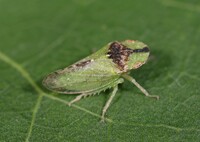 | Photo by: Rob Van Epps
Mecklenburg Co.
Comment: | 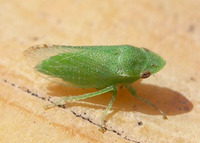 | Photo by: R. Newman
Carteret Co.
Comment: FOMA |
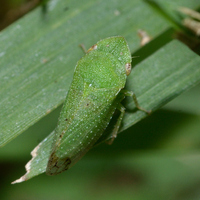 | Photo by: Margarita Lankford
Orange Co.
Comment: https://www.inaturalist.org/observations/132474891 | 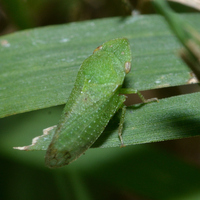 | Photo by: Margarita Lankford
Orange Co.
Comment: https://www.inaturalist.org/observations/132474891 |
 | Photo by: Erich Hofmann and Kayla Weinfurther
New Hanover Co.
Comment: Found recently captured in spider web. | 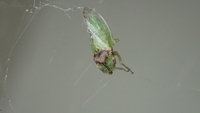 | Photo by: Erich Hofmann and Kayla Weinfurther
New Hanover Co.
Comment: Found recently captured in spider web. |
 | Photo by: Erich Hofmann and Kayla Weinfurther
New Hanover Co.
Comment: attracted to outdoor building lights |  | Photo by: Ken Kneidel
Mecklenburg Co.
Comment: 5.7 mm, sitting on cement ledge at forest edge |
 | Photo by: Ken Kneidel
Mecklenburg Co.
Comment: 5.7 mm, sitting on cement ledge at forest edge | 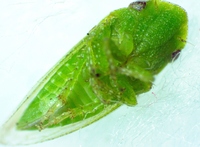 | Photo by: Ken Kneidel
Mecklenburg Co.
Comment: 5.7 mm, sitting on cement ledge at forest edge |
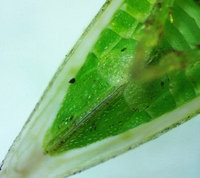 | Photo by: Ken Kneidel
Mecklenburg Co.
Comment: 5.7 mm, sitting on cement ledge at forest edge | 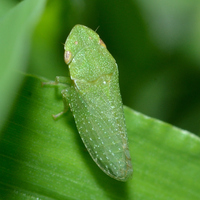 | Photo by: Margarita Lankford
Orange Co.
Comment: https://www.inaturalist.org/observations/55446155 |
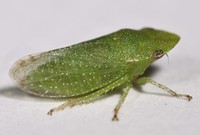 | Photo by: Rob Van Epps
Mecklenburg Co.
Comment: Caught sweeping in a weedy field. | 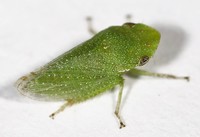 | Photo by: Rob Van Epps
Mecklenburg Co.
Comment: Caught sweeping in a weedy field. |
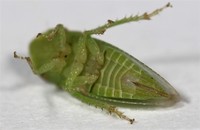 | Photo by: Rob Van Epps
Mecklenburg Co.
Comment: Caught sweeping in a weedy field. | 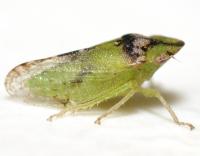 | Photo by: Kyle Kittelberger, Brian Bockhahn, Paul Scharf
New Hanover Co.
Comment: near a marsh; male |
 | Photo by: Kyle Kittelberger, Brian Bockhahn
Cumberland Co.
Comment: female | 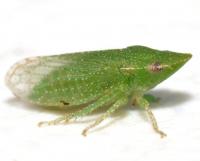 | Photo by: Kyle Kittelberger, Brian Bockhahn
Cumberland Co.
Comment: female |
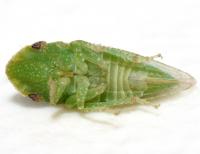 | Photo by: Kyle Kittelberger, Brian Bockhahn
Cumberland Co.
Comment: female | 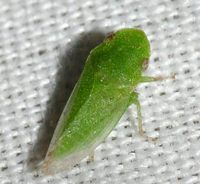 | Photo by: Kyle Kittelberger, Brian Bockhahn
Washington Co.
Comment: open forest habitat; female |
 | Photo by: Paul Scharf
Warren Co.
Comment: Caught sweeping cut grass | 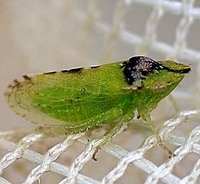 | Photo by: Paul Scharf
Warren Co.
Comment: Caught sweeping cut grass |
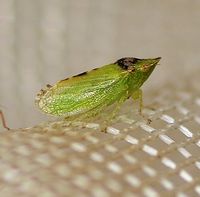 | Photo by: Paul Scharf
Warren Co.
Comment: Caught sweeping cut grass |

 »
»

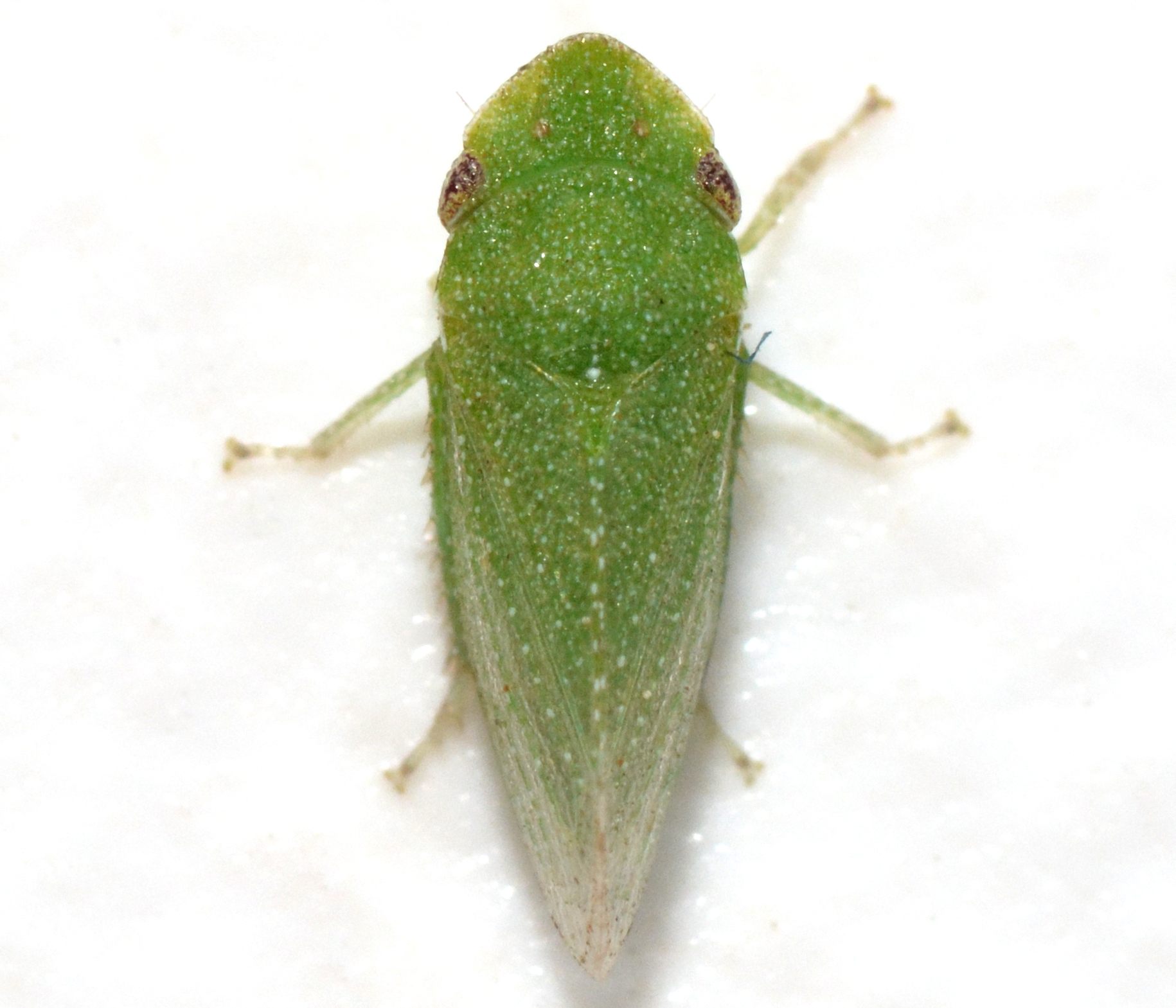

 »
»

